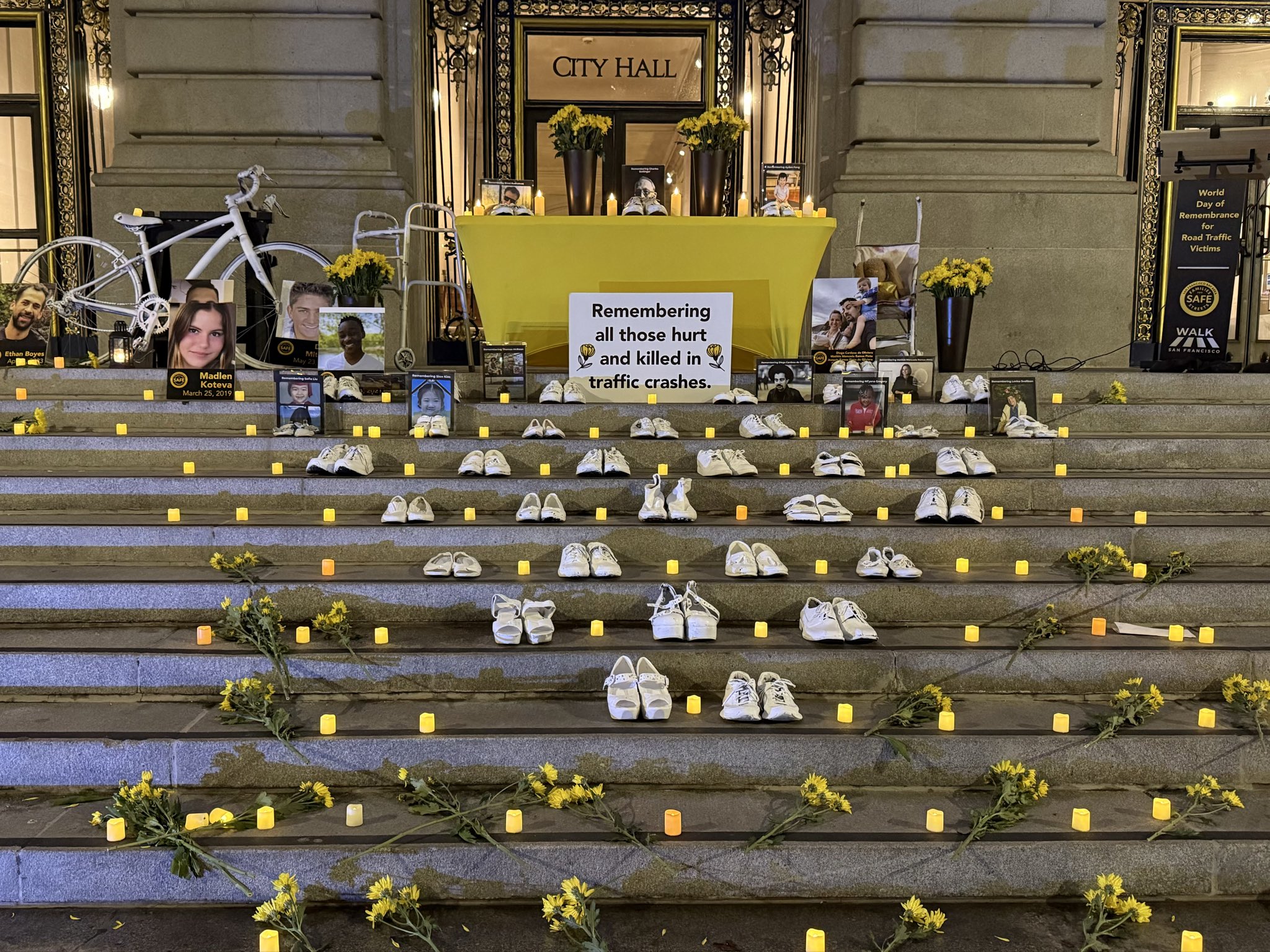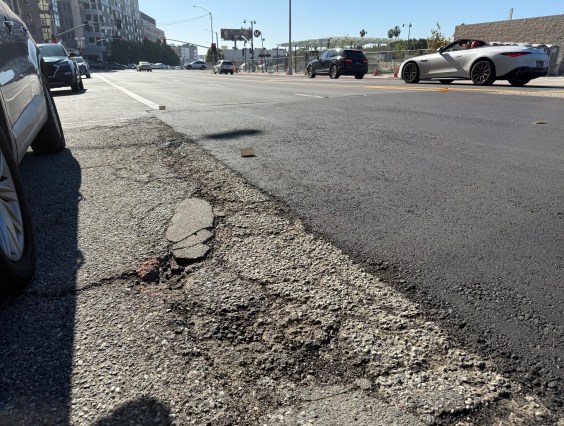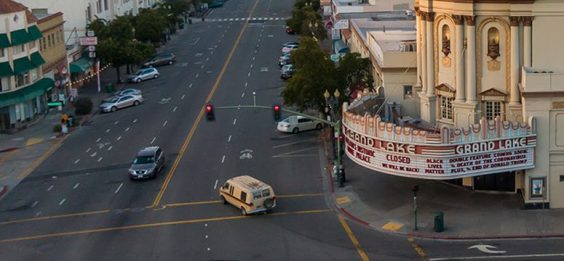Note: GJEL Accident Attorneys regularly sponsors coverage on Streetsblog San Francisco and Streetsblog California. Unless noted in the story, GJEL Accident Attorneys is not consulted for the content or editorial direction of the sponsored content.
Many years ago, I worked as a financial reporter in an office on Neal Street in the Covent Garden District of London. My normal commute was a five-minute walk to the Leicester Square tube station and a 25-minute subway ride to my apartment in Balham.
But some nights after work, I took a fitness class near Victoria Station. From there, I could grab a London 'overground' suburban train--a 'commuter train' in American parlance--for a 20-minute surface ride to Balham. Unlike in the Bay Area, it didn't matter if I took a surface train, or a subway, or light rail. I was able to take whatever was most convenient to get home from whatever part of London my life took me to. I could also connect between systems, stop on the way to do some shopping, or do whatever else made sense in my journey, without additional charges. Moreover, trains came so frequently I never bothered to read a schedule.

Try to imagine that in the Bay Area: suppose someone who normally commutes on a Caltrain monthly pass from Millbrae or San Bruno to King Street Station headed over to the ferry building after work for a drink. BART would be the simplest way to get home. But BART doesn't take Caltrain passes, so that person would have to pay again--in full--to use the more convenient route. Or what if someone who lives in Visitacion Valley had to go to a midday doctor's appointment at Kaiser in Mission Bay. They could spend some 40 minutes on Muni or a little over 10 minutes on Caltrain from the Bayshore Station. Muni would cost $2.50. Caltrain would cost $3.20 with hour-long gaps in service.
There's also no coordination of schedules, so a badly timed transfer can cost an hour.
As previously reported, Caltrain is working on changing from an expensive, 9-to-5 oriented American-style "commuter" railroad with hour-long gaps in service, to becoming a regional rail system, more akin to what London has. That means running trains every couple of minutes. It means making fares universal and rational. And it means coordinating schedules.
To start making that possible, Caltrain is installing electric wire and buying new trains to permit rapid acceleration and frequent service. But they also need a steady funding stream, so they can more fully exploit the new infrastructure. To do that, they need Measure RR to pass: that would add a one-eighth cent sales tax in San Francisco, San Mateo, and Santa Clara counties, finally giving Caltrain the steady funding stream it needs to transform.
When members of the San Francisco Board of Supervisors attempted to illegally rewrite the measure last July, opponents of Caltrain painted the railroad as just a "tech train," that favors well-paid workers at 9-to-5 jobs. That misses the point (perhaps intentionally) of RR. Caltrain has an equity plan to transform itself into a frequent service available to all who need it. But to make Caltrain equitable it has to be funded as a true public service. It can't do that depending almost entirely on fares to fund its operations, as it does now.
Advocacy groups such as Friends of Caltrain and Seamless Bay Area will have their work cut out for them, pushing Caltrain (and other transit operators of the Bay Area) to become as integrated as the systems of London and other European cities. But before any of that can be realized, Caltrain needs the funding of Measure RR.
Streetsblog endorses a 'Yes' vote on Nov. 3.
For more, check out the Green Caltrain/Friends of Caltrain blog and Seamless Bay Area.






